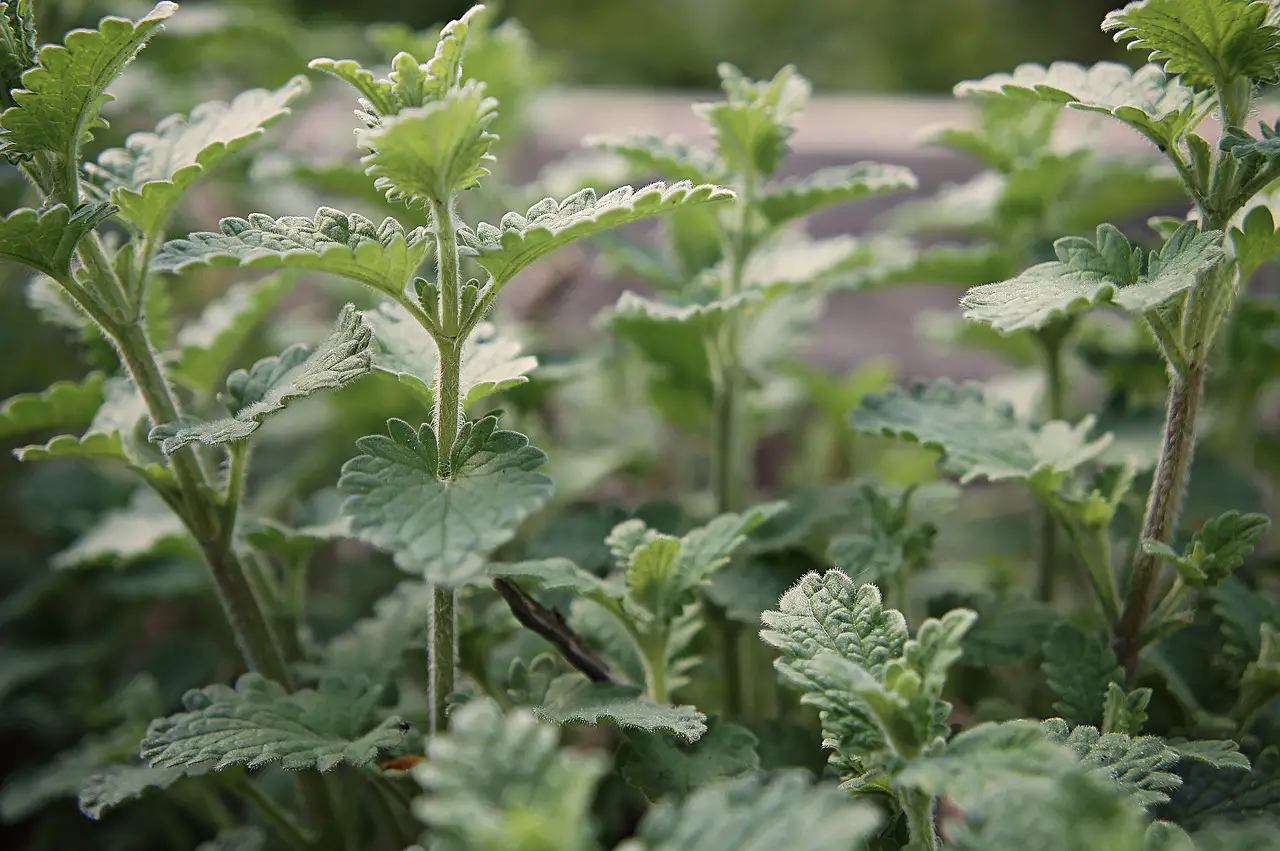Last Updated on June 29, 2022 by Real Men Sow
Catmint is a Northern Hemisphere plant. There are many species and varieties that Nepeta can grow, and they are all called catmint. Catnip is the name given to Nepeta cataria. While it is considered to be the most fragrant, it isn’t as ornamental as the other varieties. The attractiveness of catmint to bees and other beneficial insects is what makes it so appealing.
What is Catmint?
Nepeta, or catmint, is a hardy, attractive, and easy-to-grow perennial. Its aromatic leaves are known for their ability to attract cats. Its leaves are either green or gray-green, and the stems are covered from summer to fall with small two-lipped mauve flowers or blue flowers.
What does catmint do to cats? (Nepeta)
Cats can safely eat stems, leaves and flowers of catmint. Many cat toys are filled with dried catmint leaves. It is so beloved by some cats that they will roll over and sleep on it.
How To Grow Catmint Plant (Nepeta)
Plant catmint in raised beds or sunny borders in well-draining soil. Pot-grown plants can be purchased at any time, but it is best to plant in spring or autumn. To encourage more flowers in summer, trim the stems that are damaged. Once autumn has ended, you can cut the plants back to their roots before spring.
Where To Plant Catmint Plant
Catmints need to be in a sunny spot. They also require soil that drains easily, that’s why it’s best to avoid clay because it can become waterlogged. Catmints, especially those with silvery-gray foliage, are very tolerant to drought.
Near Borders And Roses
You can plant them near the border or along a path to soften edges. Catmint’s soft color and low spread makes it a great choice for underplanting rose bushes. It looks particularly striking when planted in groups, or in long drifts.
Planting Catmint or Nepeta
Planting catmint is best done in spring or autumn. However, container-grown plants can also be grown during the summer provided they are kept moist until established. Plants should be spaced between 30-60 cm depending on how widely they will spread.
How To Care For Catmint
Catmint are easy to grow once established and needs very little care. Although flowers are prolific over a long time, it is a good idea for the plant to be trimmed after blooming in order to maintain a neat appearance and encourage new growth.
Catmint Cuttings
Cut back dead stems after the autumn foliage has died back. This will ensure that new growth does not appear in spring. Ladybirds love to hibernate in the dead leaves so it is best to wait until spring before cutting back. Splitting catmint every couple of years is a good idea as flowering slows down when the plants form congested clumps.
Problems when growing nepeta and how to solve them
Catmint can be grown in a variety of conditions. However, does not particularly thrive best with heavy and poorly drained soil, or under shade soil is poor or heavy. Powdery mildew can form as a white layer on the leaves, and sometimes stems will die back. Reduce unhealthy shoots, and collect and place the fallen leaves.
How To Propagate Catmint Plant (Nepeta)
Once plants have been around for several years, catmint can be split. The plant can be taken apart in the autumn or spring. Each piece should have plenty of roots and shoot buds. To settle the soil around roots, water well.
Advice On Buying Catmint Plant
- Catmints thrive in well-drained soil. Before you buy, make sure they have the right growing conditions.
- To make sure that your plants are healthy, check them over for signs of disease or pests
- You can choose from many catmints with different spreads and heights.


